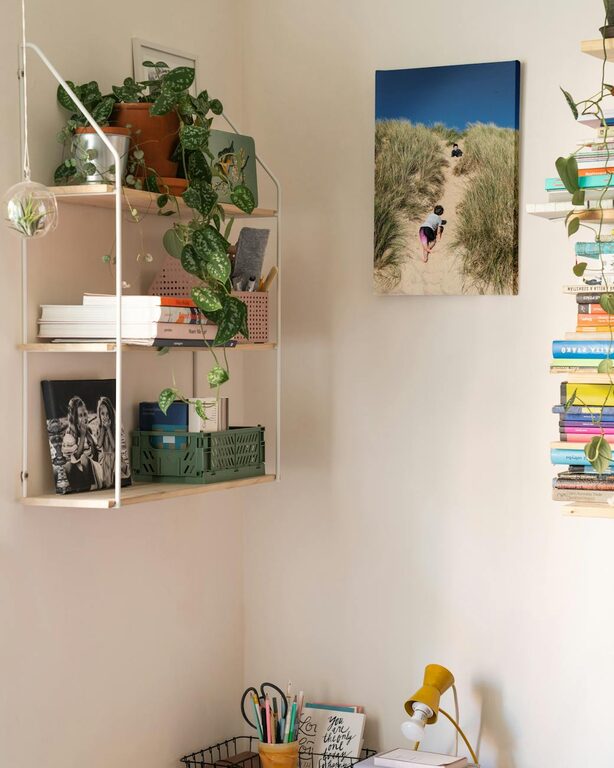
How to Create a Relaxing Home Workspace for Better Focus
Creating a relaxing home workspace is essential in today’s environment, especially as more people work remotely. A well-designed workspace not only improves focus and productivity but also reduces stress and promotes a sense of calm throughout the day. Whether you have a dedicated room or a small corner, these practical tips will help you build a workspace that’s both functional and soothing.
Why a Relaxing Workspace Matters
A cluttered or uncomfortable workspace can lead to distractions, fatigue, and lowered motivation. In contrast, a relaxing work area helps your mind stay clear, allowing you to complete tasks more efficiently and feel less overwhelmed. When your environment supports your work habits and well-being, you create a positive routine that benefits your overall mental health.
Step 1: Choose the Right Location
Selecting the right spot in your home is the first step.
– Natural light: Aim for a space near a window for natural light, which is known to improve mood and energy.
– Minimal distractions: Pick an area away from heavy foot traffic, noise, and common distractions.
– Space: Ensure there is enough room for your computer, notebook, and any tools you regularly use.
If you can’t find a separate room, consider using room dividers or noise-cancelling headphones to create boundaries.
Step 2: Invest in Comfortable Furniture
Comfort is key for long work hours.
– Ergonomic chair: Choose a chair that supports good posture with adjustable height and lumbar support.
– Desk height: Your desk should be at a height where your elbows rest at around 90 degrees when typing.
– Footrest: If your feet don’t touch the ground comfortably, use a footrest to relieve pressure on your legs.
Comfortable furniture prevents physical discomfort, which can be a major source of stress.
Step 3: Declutter Your Space
Clutter-free spaces promote calmness and focus.
– Organize essentials: Keep only the items you use daily on your desk.
– Storage solutions: Use shelves, drawers, or containers to store documents and supplies neatly.
– Daily tidying: Spend 5 minutes at the end of each day tidying your workspace.
A clean space reduces visual distractions and helps maintain a peaceful atmosphere.
Step 4: Use Calming Colors and Decor
Visual elements impact your mood and concentration.
– Colors: Soft, neutral colors like light blues, greens, and beiges can create a restful vibe.
– Plants: Adding small indoor plants can improve air quality and bring a touch of nature indoors.
– Artwork: Choose simple, uplifting art that inspires without overwhelming.
Avoid overly bright or cluttered decorations, which might be distracting.
Step 5: Manage Lighting Thoughtfully
Proper lighting reduces eye strain and supports alertness.
– Layer lighting: Combine natural light with desk lamps and overhead lights.
– Adjust brightness: Use adjustable lamps to control the intensity depending on the time of day.
– Avoid glare: Position screens and lights to minimize glare on your monitor.
Good lighting helps maintain focus and prevents headaches.
Step 6: Incorporate Soothing Elements
Adding items that promote relaxation can balance work stress.
– Aromatherapy: Use mild scents like lavender or eucalyptus with diffusers to create a calm environment.
– Sound: Soft instrumental music or nature sounds can boost concentration.
– Comfort items: A cozy blanket or a stress ball can offer physical comfort during breaks.
These small touches help reset your mind during busy workdays.
Step 7: Organize Your Digital Environment
A relaxing space includes your digital clutter too.
– Manage notifications: Turn off unnecessary alerts to avoid interruptions.
– Clean desktop: Organize files into folders and remove unused icons.
– Use productivity tools: Apps like calendars, task managers, and focus timers can keep you on track.
Reducing digital distractions complements your physical workspace and enhances focus.
Step 8: Establish a Routine
Your environment works best when paired with good habits.
– Set work hours: Define clear start and end times to maintain boundaries.
– Take breaks: Schedule short breaks to stand, stretch, and refresh your mind.
– End of day ritual: Clean your desk and prepare your workspace for the next day.
A routine helps you stay disciplined and reinforces the relaxing atmosphere you’ve created.
Final Thoughts
Creating a relaxing home workspace is an investment in your well-being and productivity. By carefully selecting your location, using comfortable furniture, minimizing clutter, and adding calming touches, you can transform any space into a peaceful work sanctuary. Remember, the goal is to build an environment where you feel comfortable, focused, and motivated every day.
Start with small changes and gradually tailor your workspace to suit your personal style and needs. With time, your home office can become a place where work feels less like a chore and more like a rewarding, stress-free experience.
